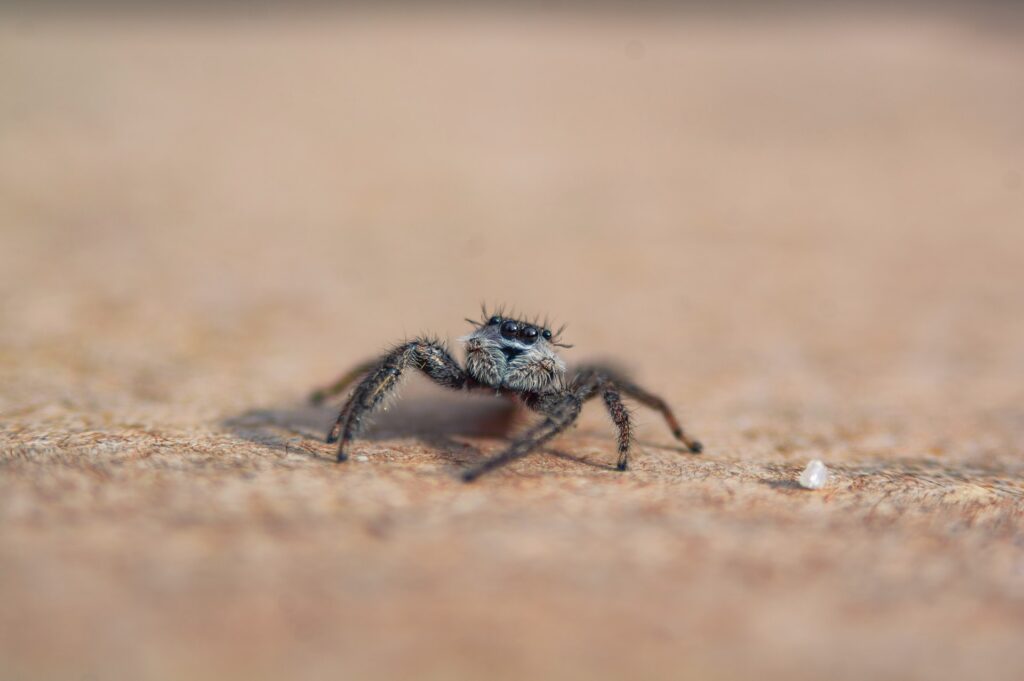Spiders are fascinating creatures that have intrigued humans for centuries. From their intricate webs to their ability to catch prey, spiders exhibit a unique physiology that sets them apart from other organisms. One question that often arises is whether spiders are cold-blooded or warm-blooded. To answer this question, we need to delve into the world of spider physiology and understand how these creatures regulate their body temperature.
Understanding Cold-Blooded Vs. Warm-Blooded Organisms
Before we delve into the specifics of spider physiology, it is essential to understand the difference between cold-blooded and warm-blooded organisms. Cold-blooded animals, also known as ectotherms, rely on external sources of heat to regulate their body temperature. They cannot generate heat internally and thus depend on the environment for warmth. In contrast, warm-blooded animals, or endotherms, have the ability to regulate their body temperature internally, regardless of external conditions.
Spider Metabolism And Temperature Regulation
Spiders fall into the category of cold-blooded organisms. They do not possess the ability to generate heat internally, which means their body temperature is determined by the environment. Spiders have a relatively low metabolic rate, which allows them to conserve energy. This low metabolic rate also means that spiders have slower physiological processes compared to warm-blooded animals.
To regulate their body temperature, spiders rely on behavioral adaptations. For example, on warm days, they may bask in the sun to increase their body temperature. Alternatively, on cooler days, they may seek shelter in crevices or burrows to stay warm. These behavioral responses help spiders maintain an optimal body temperature for their metabolic processes.
Factors Influencing Spider Body Temperature
Several factors influence a spider’s body temperature, including environmental conditions and the spider’s size and coloration. Thermal radiation from the sun can significantly impact a spider’s body temperature. Spiders that are darker in color tend to absorb more heat from the sun, allowing them to warm up quickly. In contrast, lighter-colored spiders reflect more heat and may need to rely on alternative methods to regulate their body temperature.
Size also plays a role in spider body temperature regulation. Larger spiders have a smaller surface area-to-volume ratio, which means they can retain heat better than smaller spiders. This advantage allows larger spiders to maintain a more stable body temperature, even in fluctuating environmental conditions.
Research On Spider Thermoregulation
Scientists have conducted extensive research on spider thermoregulation to understand how these creatures adapt to varying climates. One study found that certain spider species adjust their body posture to maximize or minimize heat absorption. By positioning themselves at specific angles to the sun, spiders can control the amount of heat they receive.
Another study explored how spiders use their silk to thermoregulate. Silk acts as an insulator, helping spiders retain heat during colder periods. Researchers discovered that spiders strategically position their silk to create microclimates, which provide them with optimal temperature conditions for survival.
Do Spiders Even Have Blood?
Although spiders lack blood in the traditional sense, they do have a circulatory system that serves a similar purpose. Instead of blood, spiders have a fluid called hemolymph that circulates throughout their bodies. Hemolymph transports nutrients, hormones, and waste products, playing a crucial role in spider physiology.
The hemolymph also aids in temperature regulation. When spiders are cold, their metabolic processes slow down, leading to decreased hemolymph flow. Conversely, when spiders warm up, their metabolic processes increase, leading to faster hemolymph circulation. This adaptation helps spiders maintain an optimal body temperature for their survival.
Spider Adaptations For Surviving In Different Climates
Spiders have evolved various adaptations to survive in different climates. In colder environments, some spider species produce antifreeze proteins that prevent ice formation within their bodies. This adaptation allows them to continue functioning even in subzero temperatures.
In hotter climates, spiders have developed behavioral and physiological adaptations to withstand the heat. Some species, like the desert-dwelling hobo spider, have a heat tolerance that far exceeds other spiders. These adaptations enable them to thrive in scorching temperatures that would be lethal to many other organisms.
Spider Activity Patterns In Relation To Temperature
Spider activity patterns are closely linked to temperature fluctuations. In general, spiders are more active during warmer periods. They take advantage of the increased energy availability and engage in activities such as hunting and reproduction. During cooler periods, spiders tend to be less active, conserving their energy and seeking shelter to maintain a stable body temperature.
Comparing Spider Physiology To Other Arthropods
While spiders belong to the class Arachnida, which includes scorpions and ticks, their physiology differs from other arthropods. For example, insects, which belong to the class Insecta, have a different respiratory system and body structure. Insects are also more diverse in terms of their temperature regulation strategies, with some species exhibiting endothermic-like behaviors.
Conclusion: Are Spiders Cold-Blooded Or Not?
In conclusion, spiders are cold-blooded organisms that rely on the environment to regulate their body temperature. They lack the ability to generate internal heat and instead employ behavioral adaptations to maintain an optimal temperature for their metabolic processes. Factors such as environmental conditions, size, and coloration influence spider body temperature. Extensive research on spider thermoregulation has shed light on their remarkable adaptations to survive in various climates.
So, while spiders may not have blood in the traditional sense, they do possess a circulatory system that aids in temperature regulation. Understanding spider physiology and their unique adaptations can provide valuable insights into their survival strategies. So, the next time you encounter a spider, marvel at its incredible ability to navigate the world as a cold-blooded creature.
Victory Pest Defense is Chandler’s first line of defense when it comes to removing spiders from homes. Reach out to us today, and start living spider-free!
